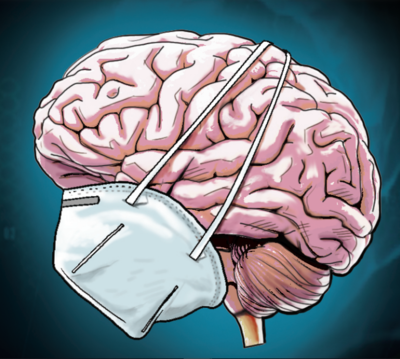

Heart rate and blood pressure are recorded throughout the procedure. The table tilts up until you are standing. On a tilt-table test, you lie on a special table which has safety straps to prevent falling. Brain fog – forgetfulness or trouble focusingĪ standing test or tilt-table testing is the main method to accurately diagnose POTS.Most patients with POTS are found to have an overall low fluid volume in the body, even if they are hydrating properly.Īlong with lightheadedness or dizziness and fainting or near fainting, POTS also can cause: The risk is higher in patients with autoimmune conditions such as lupus or after a viral infection (such as mononucleosis or COVID-19), head injury, major surgery, or pregnancy. have POTS, most of whom are females aged 15 to 50. It is estimated that more than 1 million people in the U.S. But people with POTS get this sensation often, even when they stand slowly, and symptoms can be debilitating. When you stand up quickly, particularly after sitting or lying down for a long time, it’s normal for anyone to occasionally feel lightheaded or dizzy. The autonomic nervous system regulates involuntary functions such as heart rate, blood pressure, sweating, and digestion, regardless of whether you’re standing, sitting, or lying down. It’s a phenomenon that occurs when the autonomic nervous system has an exaggerated response to standing upright. So, how do you tell if your symptoms are being caused by POTS or another condition, such as Long COVID? Getting the right diagnosis starts with a relatively simple standing test (measuring heart rate and blood pressure while lying down and again after standing for several minutes) or formal tilt-table test. Patients with Long COVID are often referred to UT Southwestern’s COVID Recover program for outpatient rehabilitation. With an accurate diagnosis and support from a team of specialists, most patients can manage POTS symptoms or recover completely. Long COVID emerged over the course of the pandemic as a subset of patients continued to deal with lingering symptoms and lasting effects on their muscle, lung, and brain function. Blood returns slowly to the heart and head, causing lightheadedness or fainting that can be relieved by lying down again. With POTS, your heart beats faster when you transition from sitting or lying down to standing. While POTS isn’t life-threatening, its symptoms can significantly interfere with everyday activities.

The rate of POTS in this study population aligned with the highest estimates in previous research, which suggests that 2-14% of patients develop POTS after having COVID. We were surprised there weren’t more since POTS can be triggered by underlying health problems such as viral infections. Although these patients had symptoms suggestive of POTS, we found that only 12 met the diagnostic criteria for POTS, and five of these 12 had been diagnosed prior to having COVID. In a study we presented at the 2023 American Academy of Neurology Annual Meeting, we evaluated 80 patients who had persistent symptoms after COVID infection. In fact, symptoms cross over so much that POTS may be over-diagnosed in patients after COVID infection while some true POTS diagnoses are being missed. But these are the same symptoms that are associated with a common disorder of the autonomic nervous system called postural orthostatic tachycardia syndrome (POTS). In the post-pandemic world, these symptoms have become associated with patients suffering from Long COVID – the lasting effects of an infection from the novel coronavirus SARS-CoV-2. Dizziness, fainting, fatigue, rapid heart rate, brain fog.


 0 kommentar(er)
0 kommentar(er)
